![Cuisines of the [[Islands of the North Atlantic]] (IONA)](https://ik.imagekit.io/human/tr:w-auto,dpr-auto/cuisines/cuisines-of-the-islands-of-the-north-atlantic-iona--72dd71c0-f3e9-44d5-b5fe-83db097dab69.png)
Cuisine
Cuisines of the [[Islands of the North Atlantic]] (IONA)
The cuisines of IONA are based on the use of local ingredients and traditional cooking methods. Fish, particularly cod and haddock, is a common ingredient, as are lamb and other meats. Seaweed is also commonly used in IONA cuisines, particularly in Iceland and the Faroe Islands. Traditional IONA dishes include hangikjöt (smoked lamb), skyr (a type of yogurt), and rúgbrauð (a dark rye bread).
Typical ingredients
Fish (cod, haddock), Lamb, Seaweed, Skyr (yogurt), Rye bread, Potatoes, Berries
Presentation and garnishing
IONA dishes are often served in simple, rustic presentations that emphasize the natural flavors of the ingredients. Some dishes may be garnished with herbs or berries.
The cuisines of IONA are known for their use of local ingredients and traditional cooking methods. Many islanders still practice traditional methods of smoking fish and meat, and foraging for wild berries and seaweed. The region is also known for its skyr, a type of yogurt that is high in protein and low in fat.
More cuisines from this region...
History
The cuisines of IONA have a long history dating back to the Viking era, when the islands were first settled by Norse explorers. Over the centuries, the cuisines have been influenced by neighboring countries such as Norway and Scotland, as well as the islands' own rural traditions. Today, the cuisines of IONA are an important part of the region's cultural heritage, and are enjoyed by both locals and visitors to the islands.
Cultural significance
The cuisines of IONA are an important part of the region's cultural heritage, and are often associated with the islands' rugged landscapes and seafaring traditions. Many islanders take pride in their cuisines and enjoy sharing them with others. The cuisines are also an important part of the islands' tourism industry, and are often used to promote the islands' unique cultural identity.
Health benefits and considerations
The cuisines of IONA are generally high in protein and low in fat, making them a good choice for those on a high-protein or low-fat diet. However, some traditional IONA dishes may be high in salt or sugar, so it is important to consume them in moderation.
Cuisines of the [[Islands of the North Atlantic]] (IONA) recipes Browse all »

IONA-style Grilled Corn on the Cob
Atlantic Island Delight: Grilled Corn on the Cob with a Twist

Sautéed Broad Beans with Ham
Atlantic Island Delight: Broad Beans with Smoky Ham
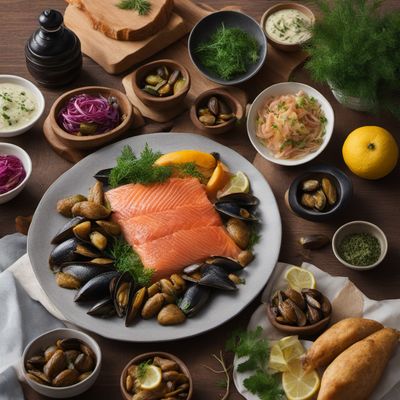
IONA-inspired Zakuski Platter
Atlantic Bites: A Flavorful Journey through the Islands
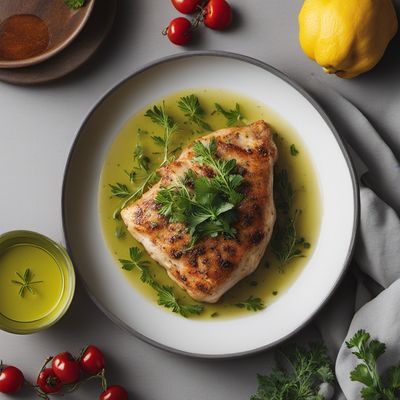
IONA-inspired Tohax
Atlantic Island Delight: IONA-inspired Tohax

Aloo Matar with a Twist
Island-Inspired Aloo Matar: A Fusion of Indian and North Atlantic Flavors
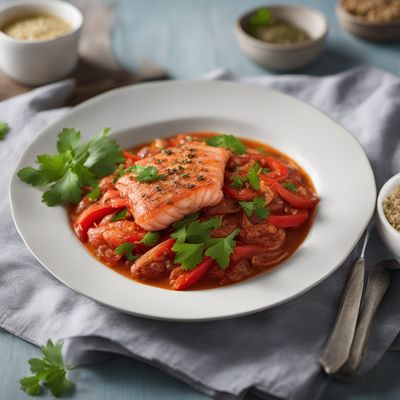
Fenek Moqli with a Twist
Atlantic Island-Inspired Fenek Moqli: A Seafood Twist on a Maltese Classic

Chettinad-inspired Atlantic Island Chicken Curry
Savory Island Spice Chicken Delight
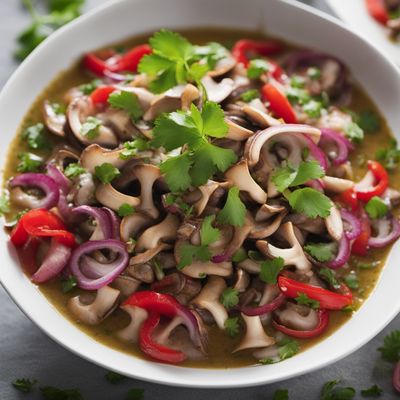
IONA Mushroom Ceviche
Oceanic Mushroom Delight
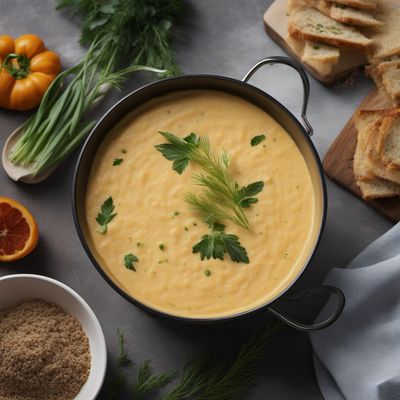
IONA-inspired Cheesy Cornmeal Porridge
Island Comfort: Cheesy Cornmeal Porridge with a Twist

IONA-style Rabbit with Peppers and Olives
Atlantic Island Delight: Savory Rabbit with Peppers and Olives
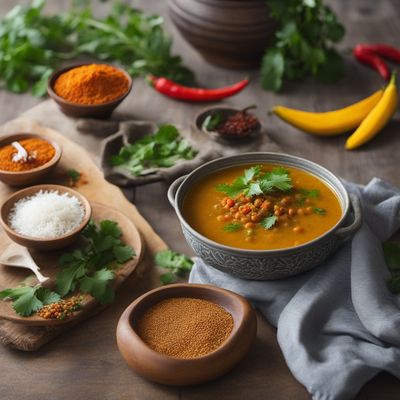
Aam Dal with a Twist
Tropical Fusion: Aam Dal with a Taste of the Islands
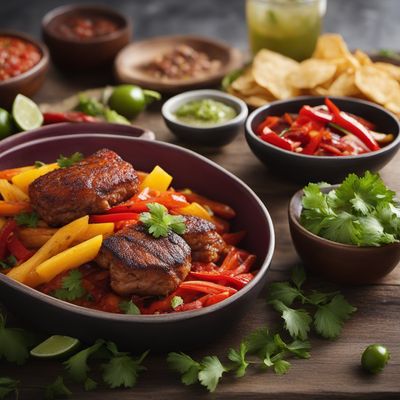
IONA-inspired Pancho
Island Delight: IONA-inspired Pancho